Achieving a tight dart grouping, often called “spreading your darts,” hinges significantly on your dart setup, and the shaft plays a critical role in achieving this consistency. This article explores the impact of different shaft lengths, materials, and features on your dart grouping, helping you find the perfect shaft for spreading your darts with greater accuracy.
⚠️ Still Using Pen & Paper (or a Chalkboard)?! ⚠️
Step into the future! The Dart Counter App handles all the scoring, suggests checkouts, and tracks your stats automatically. It's easier than you think!
Try the Smart Dart Counter App FREE!Ready for an upgrade? Click above!
Understanding the Role of Shafts For Spreading Your Darts
The dart shaft connects the flight to the barrel and influences the dart’s trajectory and stability in flight. Choosing the right shaft for spreading your darts – consistently landing them close together – depends on various factors, including your throwing style, the weight and length of your barrels, and your personal preference. Understanding these relationships is key to improving your game. The goal here is to minimize wobble and achieve a straight, consistent flight path.
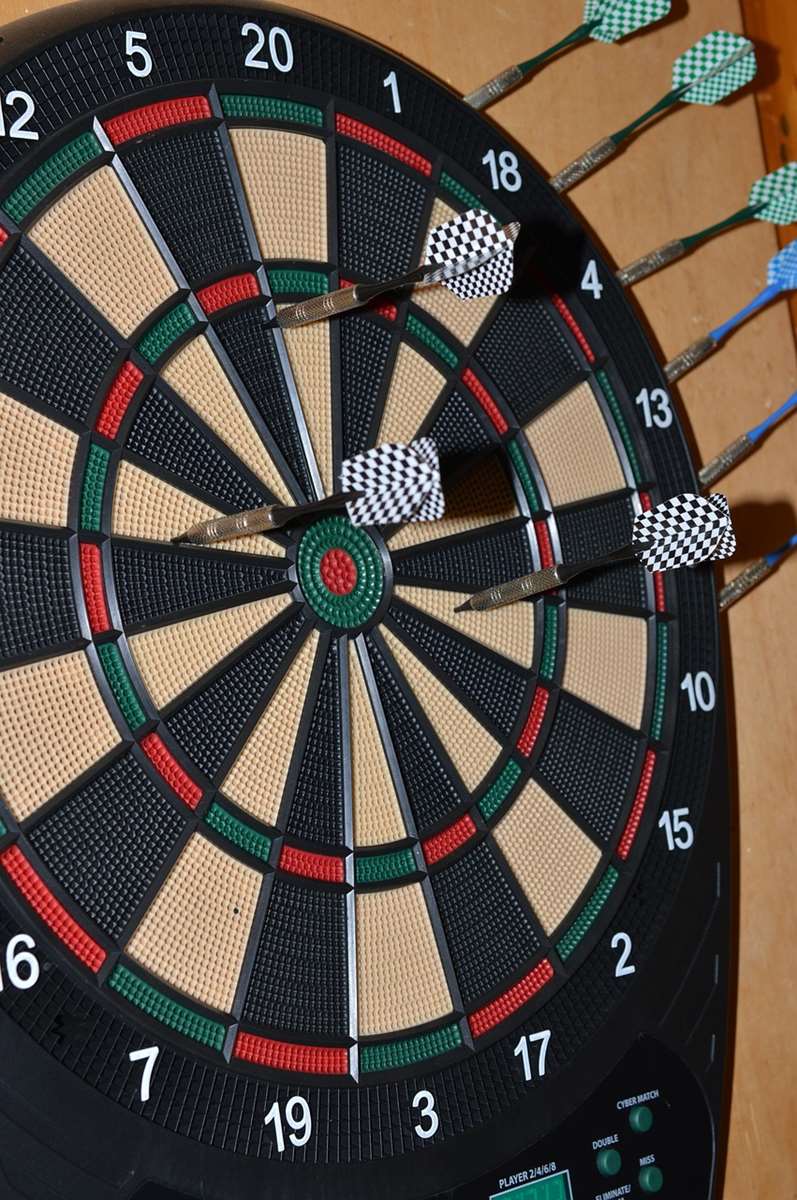
Key Considerations for Dart Shaft Selection
- Length: Shaft length affects the dart’s center of gravity and its stability in the air. Shorter shafts can offer quicker, more direct flights, while longer shafts tend to provide more stability, especially for players with a less consistent throw.
- Material: Common materials include nylon, aluminum, and carbon fiber. Nylon is affordable and durable, aluminum offers good balance and stiffness, and carbon fiber is lightweight and very strong, which can help with dart stability.
- Weight: While not as significant as barrel weight, shaft weight can influence the overall balance of the dart. Experimenting with different shaft weights can help you fine-tune your throw.
- Grip: Some shafts feature textured grips or grooves to improve finger placement and control during release. This enhanced grip can contribute to more consistent throws.
Shaft Length and Its Impact on Dart Grouping
The length of your dart shaft is a crucial factor when attempting to refine your technique and find the ideal shaft for spreading your darts. It directly influences the dart’s flight characteristics and how it interacts with the air. Different lengths suit different throwing styles, so it’s worth exploring the options available to you.
Shorter shafts generally result in a dart that rotates more quickly and has a more direct flight path. This can be beneficial for players who have a faster throwing motion and want their darts to reach the board quickly. However, shorter shafts may be less forgiving of slight inconsistencies in your release. If your release isn’t clean, you may experience greater wobble. Consider experimenting with different lengths as discussed in Choose Best Dart Equipment.
Longer shafts, on the other hand, provide more stability in flight. They are often preferred by players who have a slower, more deliberate throwing style. The extra length helps to smooth out any imperfections in your release, leading to a straighter and more consistent flight. However, longer shafts can also make the dart more susceptible to deflections if it encounters another dart already in the board.
Material Matters: Choosing the Right Shaft Material
The material of your dart shaft impacts its durability, weight, and overall feel. Each material offers unique advantages and disadvantages. Here’s a breakdown of some common options:
- Nylon/Plastic: These are the most common and affordable shafts. They are durable and can withstand a fair amount of abuse. However, they can bend or break more easily than metal shafts.
- Aluminum: Aluminum shafts are stronger and more durable than nylon shafts. They offer a good balance of weight and stability. They can bend if subjected to enough force, but are less likely to break outright.
- Carbon Fiber: Carbon fiber shafts are the lightest and strongest option. They are very resistant to bending and breaking, which can improve the lifespan of your darts. However, they are also the most expensive.
Consider your budget and the level of wear and tear your darts typically endure when selecting a shaft material. If you are a beginner or play casually, nylon shafts may be sufficient. If you play frequently or are looking for maximum durability, aluminum or carbon fiber shafts may be a better investment. Be mindful of the Types Optimal Dartboard Lighting for optimal visibility.
Grip Enhancement for Improved Accuracy
Many players overlook the importance of grip when selecting a shaft for spreading your darts. A secure and comfortable grip is essential for consistent releases and accurate throws. Look for shafts that feature textured surfaces or grooves to enhance your grip. Some shafts even have adjustable grips, allowing you to customize the feel to your preference.
Experiment with different grip styles and shaft designs to find what works best for you. A subtle change in your grip can have a significant impact on your dart’s flight path and grouping. Don’t be afraid to try different things until you find a combination that feels natural and comfortable.
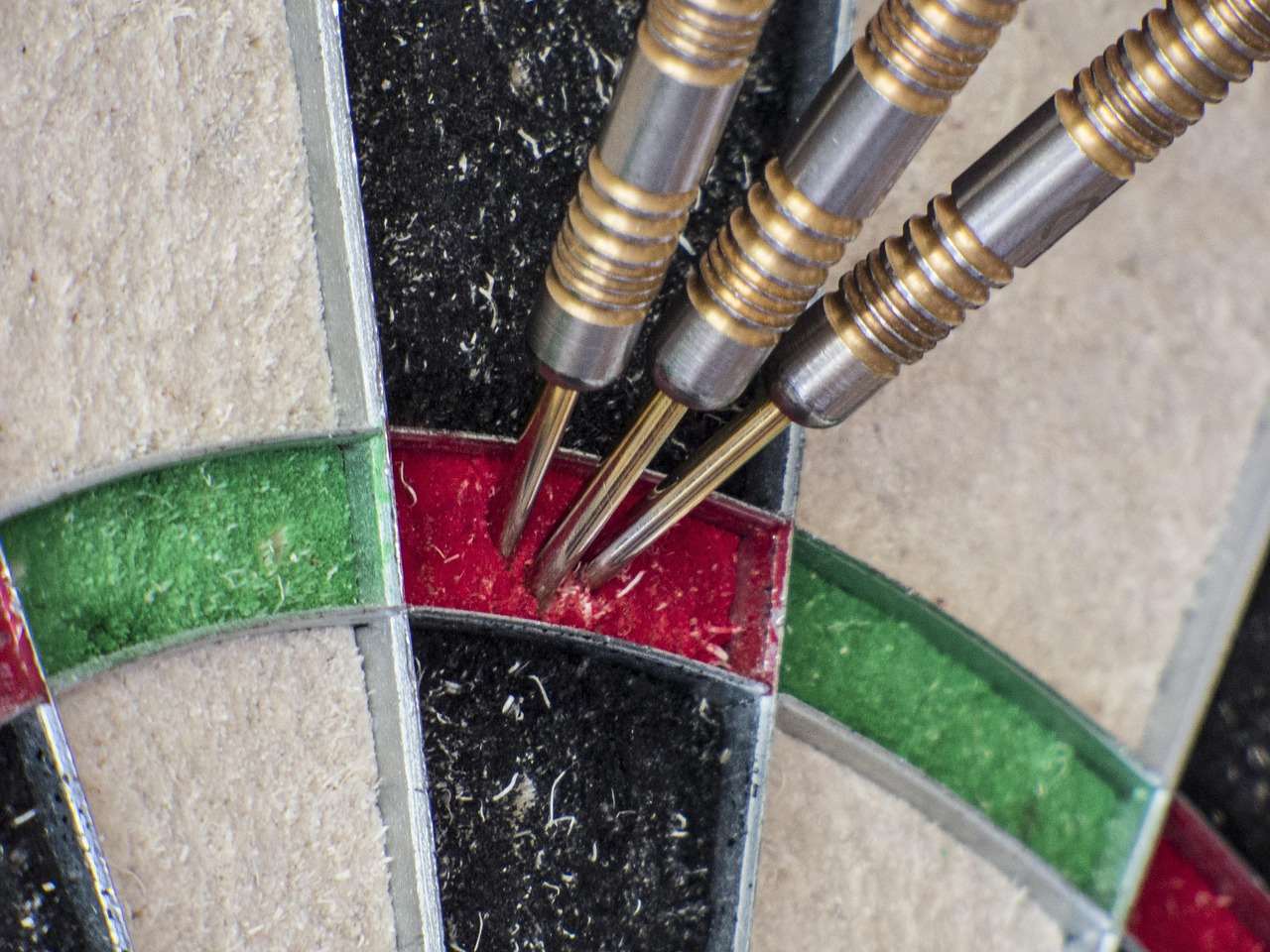
Weight Distribution and Balance
The weight distribution of your dart, including the shaft, significantly influences its flight and stability. A well-balanced dart will fly straighter and more consistently, making it easier to achieve tight groupings. Experiment with different shaft weights to find the optimal balance for your throwing style.
Consider the weight of your barrels when selecting a shaft. If you have heavy barrels, you may want to use lighter shafts to balance the dart. Conversely, if you have light barrels, you may want to use heavier shafts. It’s all about finding the right combination that feels comfortable and provides the best performance. If you’re having trouble seeing the board clearly, consider Optimal Dartboard Lighting Solutions Guide.
Fine-Tuning Your Dart Setup
Choosing the right shaft for spreading your darts is only one piece of the puzzle. To truly optimize your dart setup, you need to consider all the components working together. This includes the barrels, flights, and even the dartboard itself. Experiment with different combinations to find what works best for you.
Don’t be afraid to make small adjustments and test them thoroughly. It may take some time and effort, but the results will be worth it when you start seeing tighter groupings and improved accuracy. Watch professionals and observe their styles. Notice the impact of LED Dartboard Lights Benefits.
Maintaining Your Dart Shafts For Optimal Performance
Proper maintenance of your dart shafts is crucial for ensuring consistent performance and prolonging their lifespan. Regularly inspect your shafts for signs of wear and tear, such as bends, cracks, or loose fittings. Replace damaged shafts immediately to avoid affecting your dart’s flight characteristics. Here are some maintenance tips:
- Tighten loose shafts: Use a dart tool to tighten any loose shafts to prevent them from wobbling during flight.
- Clean your shafts: Wipe down your shafts with a damp cloth to remove dirt and grime.
- Replace damaged shafts: Replace any shafts that are bent, cracked, or otherwise damaged.
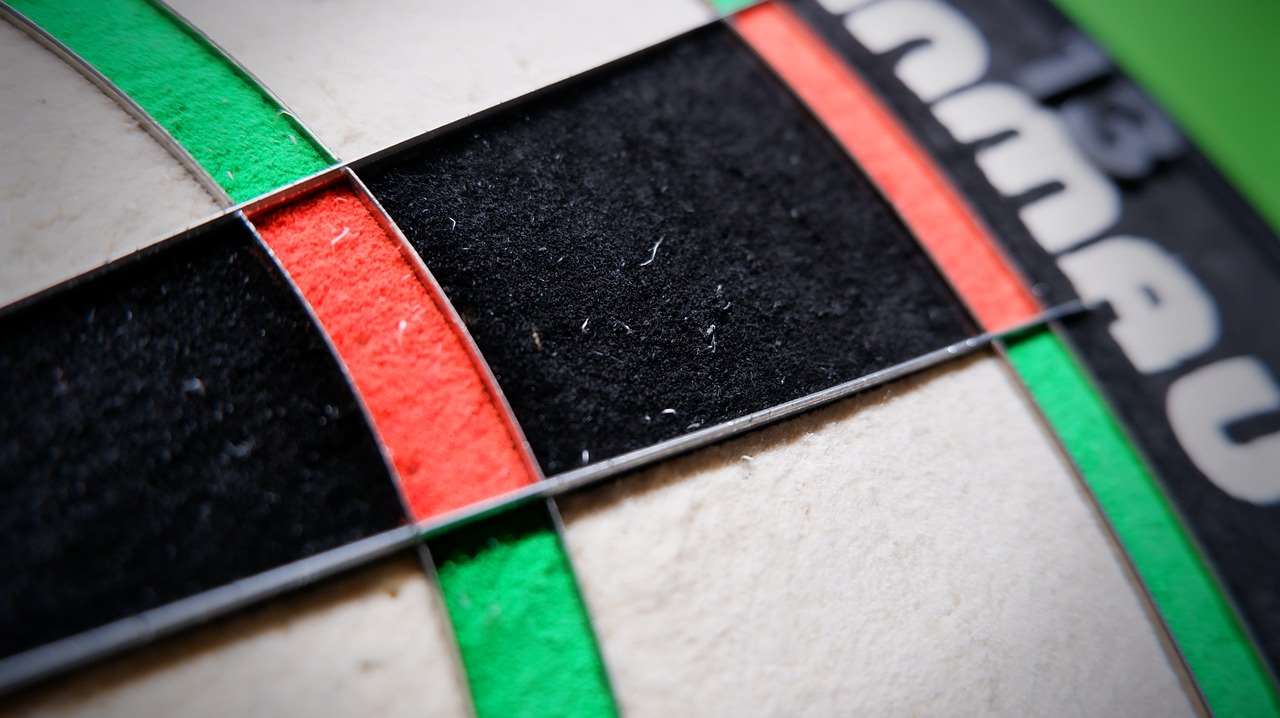
The Importance of Consistency
Ultimately, the most important factor in spreading your darts is consistency. Even with the perfect shaft for spreading your darts, inconsistent throws will lead to scattered groupings. Focus on developing a smooth, repeatable throwing motion. Practice regularly and pay attention to your form. With dedication and perseverance, you can improve your accuracy and achieve the tight groupings you desire.
Beyond the Shaft: Other Factors Affecting Dart Grouping
While selecting the right shaft for spreading your darts is undoubtedly important, it’s crucial to remember that it’s just one piece of the puzzle. Several other factors contribute to your overall darting accuracy and grouping ability:
- Throwing Technique: Your stance, grip, and release are paramount. Practice proper form and strive for consistency in every throw.
- Dartboard Condition: A worn-out dartboard with loose fibers can cause darts to bounce out or land inconsistently. Maintain your dartboard for optimal performance.
- Mental Focus: A clear and focused mind is essential for accurate throwing. Avoid distractions and maintain a positive attitude.
- Environmental Factors: Wind, lighting, and even the temperature of the room can subtly affect your darts’ flight path. Be aware of these factors and adjust your throw accordingly. Make sure your Best Dartboard Lighting Systems are functioning correctly.
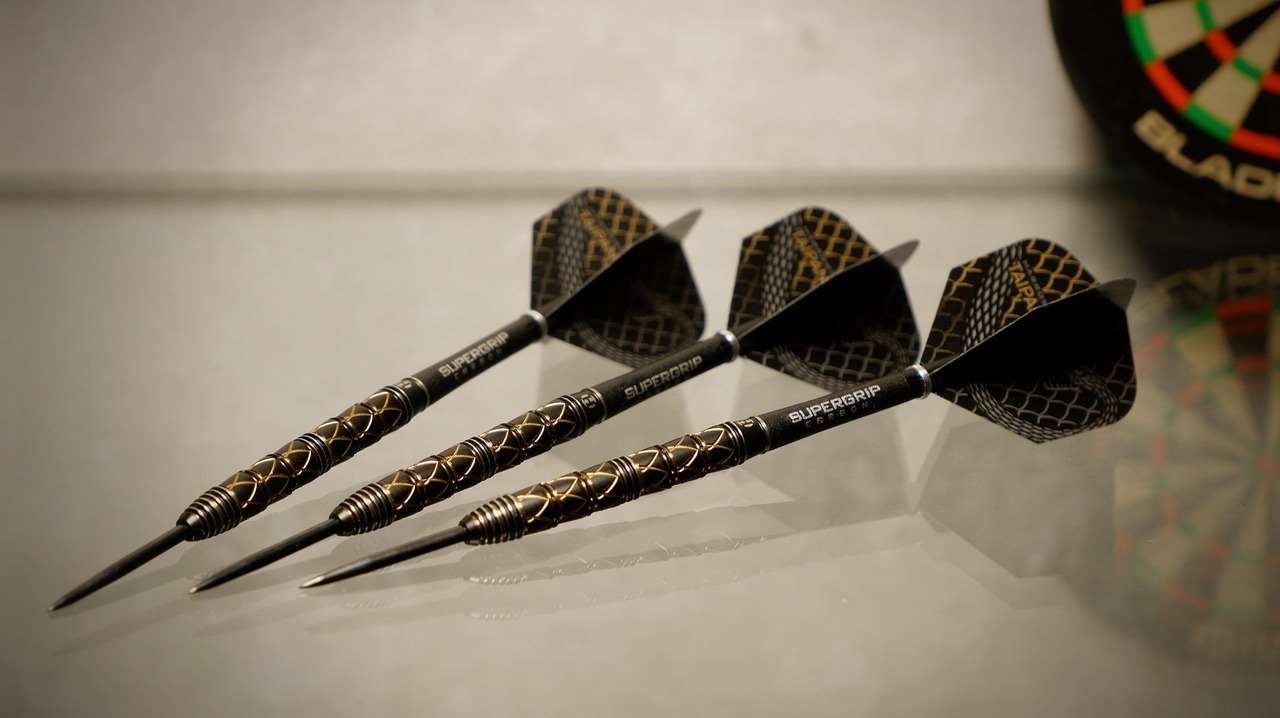
Finding Your Perfect Shaft For Spreading Your Darts: Experimentation Is Key
There’s no one-size-fits-all answer when it comes to choosing the perfect shaft for spreading your darts. The best way to find what works for you is to experiment with different lengths, materials, and features. Visit your local dart shop or order a variety of shafts online and try them out. Pay attention to how each shaft affects your dart’s flight path and grouping. Keep track of your results and note which shafts consistently produce the best performance. Consider filming your throws and analyze for flaws.
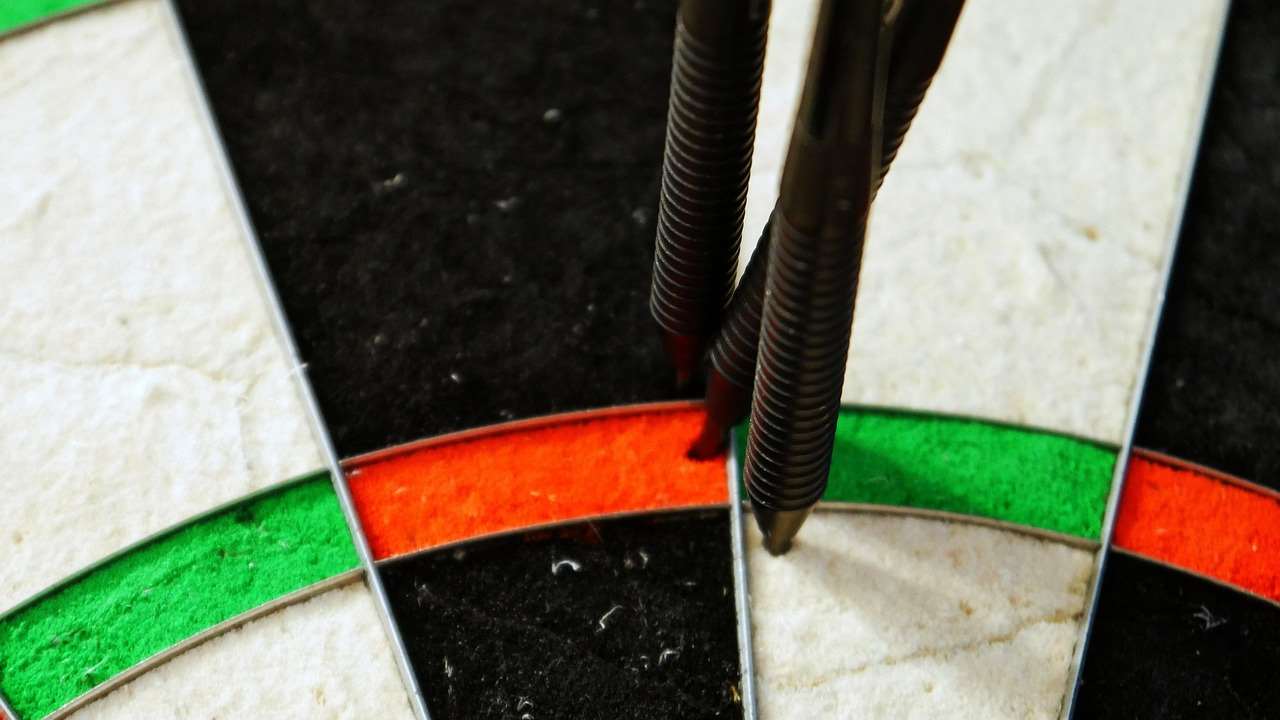
Conclusion: Achieve Tighter Groupings with the Right Shaft
Selecting the appropriate shaft for spreading your darts is essential for achieving consistent accuracy and tighter groupings. By understanding the impact of shaft length, material, weight, and grip, you can fine-tune your dart setup and optimize your throwing technique. Remember to experiment with different options and find what works best for your individual style. Don’t neglect the other factors that influence dart grouping, such as your throwing technique, dartboard condition, and mental focus. With dedication, practice, and the right equipment, you can take your dart game to the next level. Now, go out there and find the shaft that will help you group those darts with precision!
Hi, I’m Dieter, and I created Dartcounter (Dartcounterapp.com). My motivation wasn’t being a darts expert – quite the opposite! When I first started playing, I loved the game but found keeping accurate scores and tracking stats difficult and distracting.
I figured I couldn’t be the only one struggling with this. So, I decided to build a solution: an easy-to-use application that everyone, no matter their experience level, could use to manage scoring effortlessly.
My goal for Dartcounter was simple: let the app handle the numbers – the scoring, the averages, the stats, even checkout suggestions – so players could focus purely on their throw and enjoying the game. It began as a way to solve my own beginner’s problem, and I’m thrilled it has grown into a helpful tool for the wider darts community.